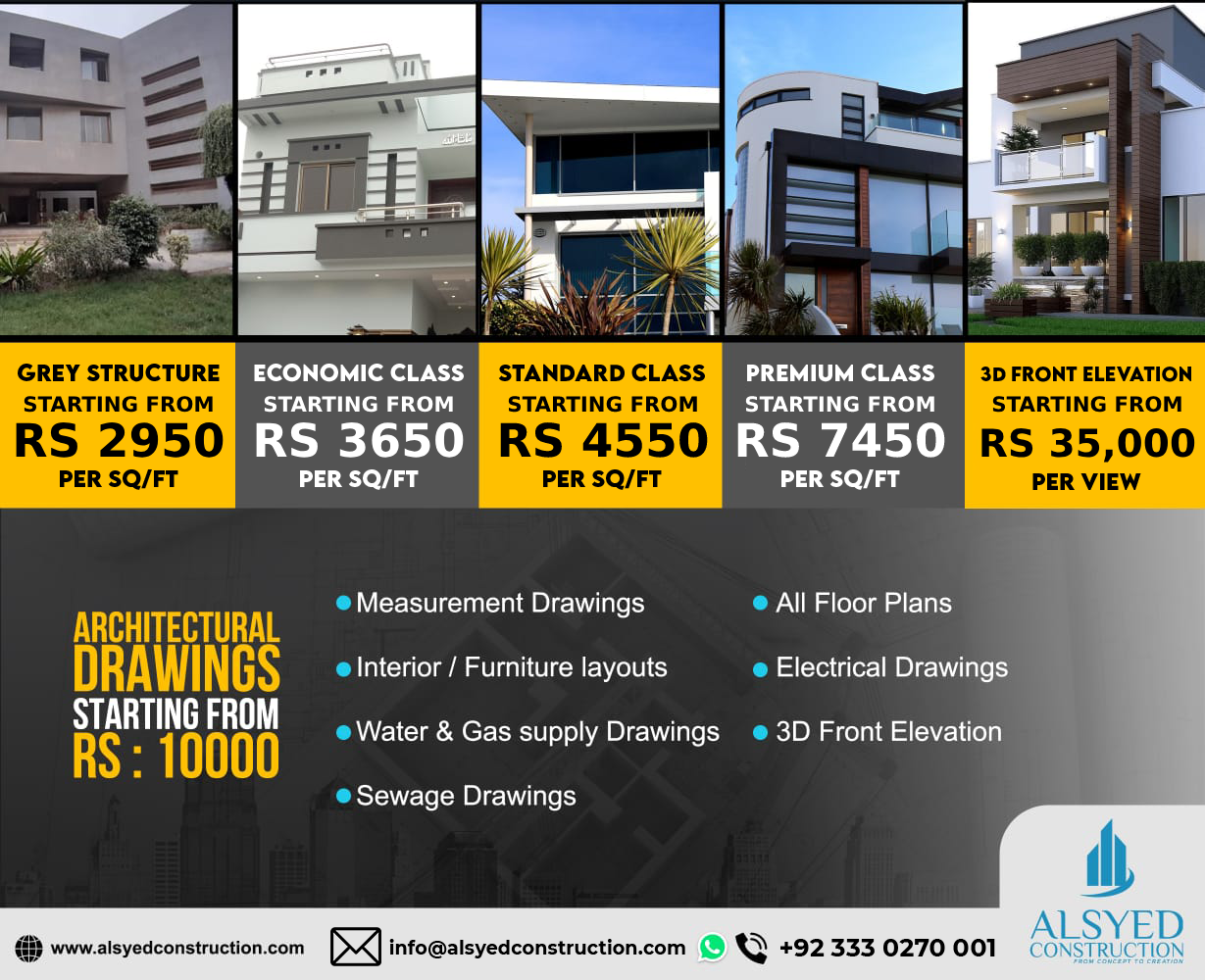Construction Building Terms in Construction in the USA
Understanding construction building terms is essential for anyone working in the construction industry in the USA. From architects and engineers to contractors and project managers, fluency in these terms ensures clear communication, efficient project execution, and compliance with standards. Below, we provide a comprehensive guide to the most commonly used construction building terms, their meanings, and how they relate to the industry.
Common Construction Terms You Need to Know
Blueprint
A blueprint is a detailed technical drawing that outlines the design and specifications of a construction project. It includes measurements, materials, and other crucial details required for construction.
Foundation
The foundation refers to the structural base of a building that distributes the load of the structure to the ground. Common types include slab-on-grade, crawlspace, and basement foundations.
Framing
Framing is the skeleton of a building, consisting of wood or steel beams that create the structure’s shape. Framing can be classified into balloon framing or platform framing, depending on the construction method.
Load-Bearing Wall
A load-bearing wall is a structural wall that supports the weight of the building above it. Removing or altering this wall requires careful consideration and reinforcement.
Specialized Construction Terms
R-Value
The R-value measures a material’s resistance to heat transfer. Higher R-values indicate better insulation, which is crucial for energy-efficient buildings.
Sheathing
Sheathing refers to the layer of boards or panels attached to the exterior of a building’s framing. It provides structural stability and a base for external cladding or roofing.
Punch List
A punch list is a document created at the end of a project to list minor tasks or issues that need to be completed or corrected before final acceptance.
HVAC
HVAC stands for Heating, Ventilation, and Air Conditioning. It refers to the systems that regulate temperature, air quality, and comfort in a building.
Construction Phases and Related Terms
Pre-Construction
This phase involves site surveys, permit acquisition, and creating a feasibility study. Important terms include:
- Bid: A proposal to undertake a project at a specified cost.
- Easement: A legal right to use a portion of another person’s land for a specific purpose, such as utilities.
Construction Phase
Key terms during the actual construction process include:
- Subcontractor: A company or individual hired by the main contractor to complete specific tasks.
- Formwork: Temporary molds used to shape concrete before it hardens.
Post-Construction
Once the building is complete, the focus shifts to finishing and inspection. Terms include:
- Certificate of Occupancy (CO): A document issued by local authorities certifying that a building is safe for occupancy.
- As-Built Drawings: Revised drawings that reflect all changes made during construction.
Sustainability and Green Building Terms
LEED Certification
LEED (Leadership in Energy and Environmental Design) is a globally recognized certification for sustainable buildings. It assesses factors like energy efficiency, water use, and material sourcing.
Net-Zero Building
A net-zero building produces as much energy as it consumes, often through renewable energy sources like solar panels and geothermal heating.
VOC
Volatile Organic Compounds (VOCs) are chemicals emitted by certain building materials. Low-VOC materials are preferred for their minimal impact on indoor air quality.
Advanced Construction Techniques
Prefabrication
Prefabrication involves manufacturing building components off-site and assembling them on-site. This method reduces construction time and waste.
BIM (Building Information Modeling)
BIM is a digital representation of a building’s physical and functional characteristics. It allows for better collaboration and visualization throughout the project lifecycle.
Retrofitting
Retrofitting involves updating an existing building with new systems or materials to improve performance, such as energy efficiency or seismic resistance.
Conclusion
Mastering construction building terms is critical for navigating the complexities of the industry. From planning and execution to sustainability and innovation, these terms form the backbone of every successful project in the USA. By familiarizing yourself with this terminology, you can enhance communication, ensure compliance, and contribute to the seamless execution of construction projects.
For further reading, visit this link.

